Tag Archives Canola Council of Canada
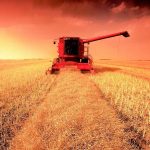
Canola groups disappointed in Carney’s plan to help growers, biofuel
‘Farmers should not be expected to borrow’
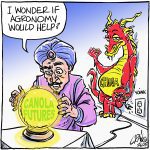
Canola council agronomists had big impact on sector
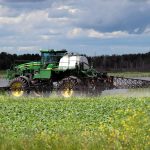
Protect your grain quality before you harvest
Avoid penalties and market headaches by following labels and talking to your grain buyer
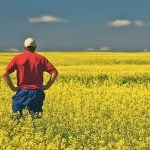
Canola Council of Canada’s field agronomy program mourned
Canola council’s field agronomy program was seen as important to the agriculture sector
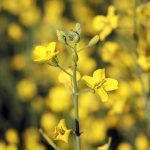
Canola council cuts field agronomy team
Move is part of the council’s ‘refreshed strategic framework’
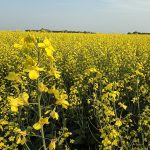
Canola council cuts field agronomy team
Move is part of the council’s ‘refreshed strategic framework’
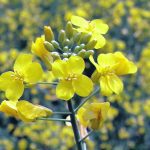
Canola sector focuses on new opportunities
Canola Council of Canada head says industry must continue making progress in biofuel, research and market expansion
Glacier FarmMedia – The Canadian canola industry is bigger than ever, but it can’t afford to rest on its laurels, says the top executive of the Canola Council of Canada. President and chief executive officer Chris Davison bases much of that perspective on a new economic impact study of the oilseed. Canola generates an average […] Read more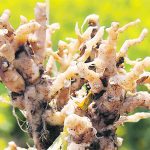
Clubroot fights back with increased pathotypes

Farm groups back away from sustainable ag strategy
Organizations say they will no longer participate in strategy discussions, saying it does not align with producers' needs
REGINA — Agriculture Canada says consultations on its Sustainable Agriculture Strategy will continue even after six major organizations withdrew from the advisory committee last week. However, with the federal government in disarray after the Dec. 16 surprise resignation of former finance minister and deputy prime minister Chrystia Freeland, the strategy may never see the light […] Read more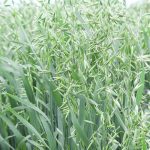
Canola, oats particularly vulnerable to tariffs
Ninety-seven percent of Canadian canola oil and 83 per cent of oat exports have headed to the United States recently
SASKATOON — The Canola Council of Canada is taking U.S. president-elect Donald Trump’s threat of a 25 percent import tariff seriously. “When you’ve got a new government coming into your number one market and they’re talking about imposing tariffs, it’s not something to be ignored,” said council president Chris Davison. Related stories: “But at the […] Read more


